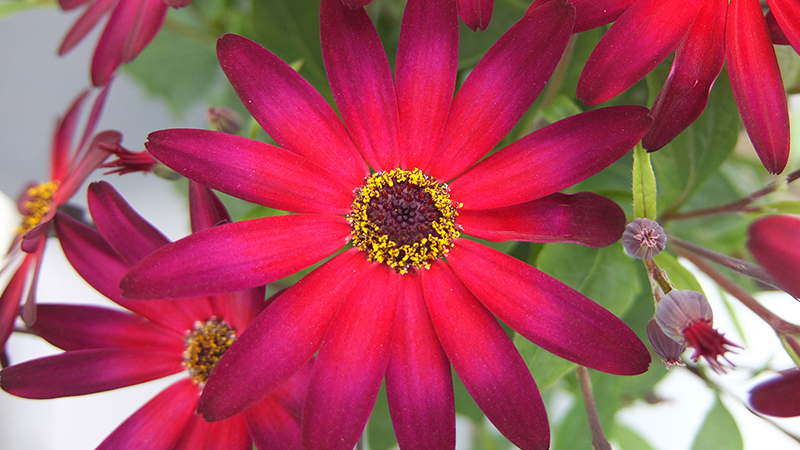USDA-APHIS Publishes Second List Of Prohibited Plants
The second list of plants and flowers USDA-APHIS proposes to prohibit for import into the U.S. – the Not Authorized Pending Pest Risk Analysis (NAPPRA) Round Two list – has been published by USDA for public comment. Once USDA-APHIS has reviewed the comments, it will publish a final list of the plants or flowers to be prohibited for import until a pest risk analysis has been completed for them. An extension of the comment period, which currently ends July 5, has been requested.
The proposed list includes 37 taxa (found in Chart 1) that could be hosts of one or more of nine quarantine pests listed, and 22 taxa of plants (below) that may be quarantine pests (invasive) themselves. More information on these varieties can be found APHIS data sheets on these varieties.
The plants on the proposed list that are considered “pest plants” to be prohibited are:
| Acroceras zizanioides (Oat grass) | Ischaemum muticum (Seashore centipede grass) |
| Actinoscirpus grossus (Coarse bullrush) | Kyllinga polyphylla (Navua sedge) |
| Austroeupatorium inulifolium | Kyllinga pulchella (Esaka) |
| Campuloclinium macrocephalum (Pompom weed) | Mollugo pentaphylla |
| Cyanotis axillaris | Myoporum tenuifolium |
| Cyperus exaltus | Ottachloa nodosa (Slender panic grass) |
| Desmostachya bipinnata (Halfa, big cordgrass) | Persicaria thunbergii (Mizosoba) |
| Digitaria ternate (Blackseed crab grass) | Pycreus flavidus (Tiririca) |
| Fuirena ciliaris (Umbrella grass) | Rubus alceifolius (Giant bramble) |
| Gnaphalium affine (Jersey cudweed) | Sagittaria pygmaea (Pygmy arrowhead, dwarf arrowhead) |
| Isachne globosa | Tarchonanthus camphorates (Camphorwood) |
Why Prohibit These Plants?
Generally, plants were added to the lists based partially on a low volume of trade history. APHIS notes that it would consider the importation from a country of 10 or more plants in each of the last three fiscal years to constitute significant trade. Importers should review the lists to ensure accuracy, as well as to voice concerns or comments.
One of the goals of the NAPPRA rule is to strengthen protections against the importation of pests, diseases and invasive plants, while avoiding disruption of current trade as much as possible. Once officially in that category and before it could be imported, APHIS would require that a “Pest Risk Analysis” be completed.
Click here to go to the Federal Regulations website to submit comments. Please also send a copy of your comments to SAF and ANLA because they will provide comments on behalf of the industry at large.
Click here to review the Federal Register notice announcing this action.
The APHIS data sheets for each pest or pest plant give considerable detail. Enter APHIS-2012-0076.
For more information, or to send copies of your comments, contact Lin Schmale ([email protected]) or Joe Bischoff ([email protected]).










